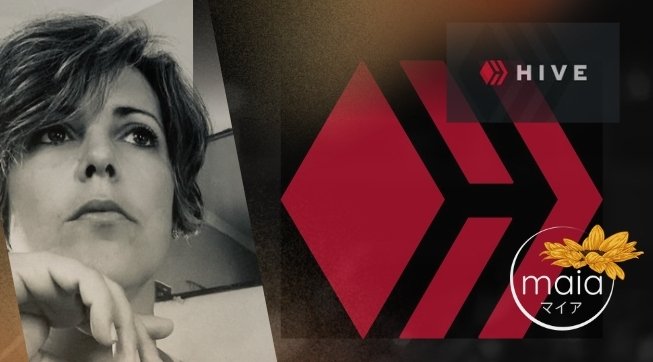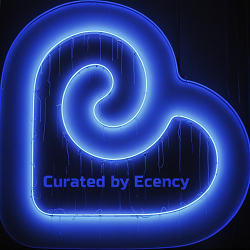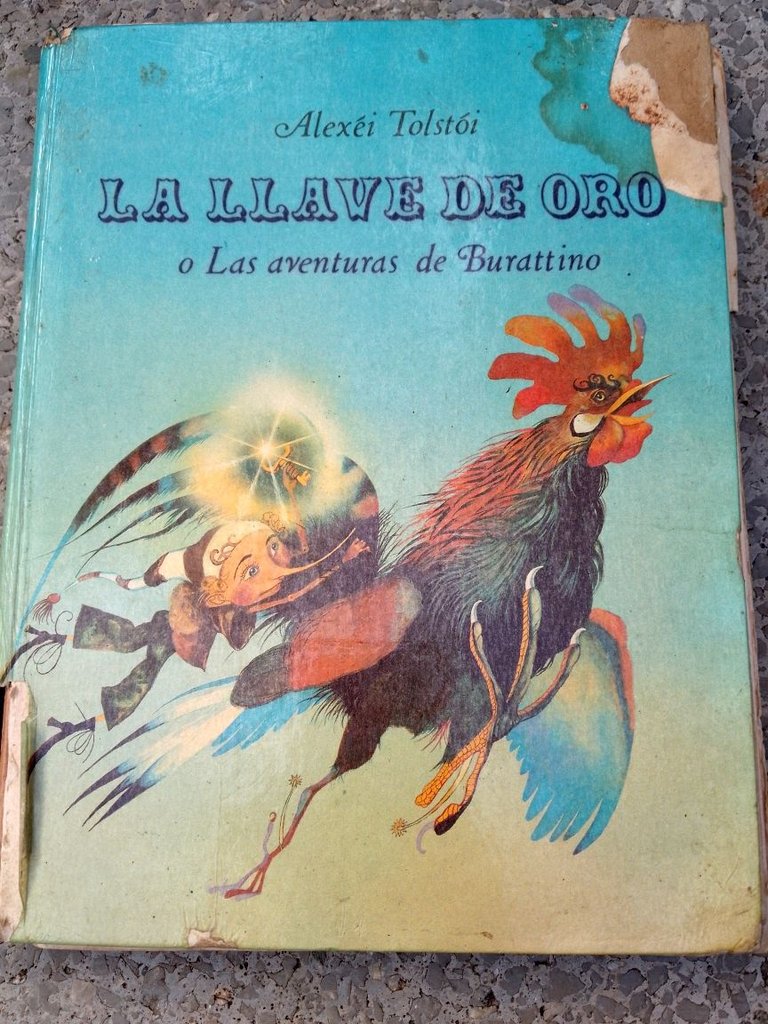
A mi madre le brillaban los ojos cuando me hacía regalos especiales, así que no era difícil para mí adivinar que aquella bendita tarde recibiría algo extraordinario. Lo que sí no era capaz de sospechar yo, entonces, sería la manera en que ese obsequio estaría dirigiendo mis pasos futuros, abriendo las puertas a tantos caminos posibles para mí. Estaba por cumplir los siete años, recién culminaba el primer grado y, aunque ya leía y escribía muchas cosas desde los tres, ese momento marcaba la conclusión de mi aprendizaje más completo del abecedario.
Por esa razón y para celebrarlo a lo grande, mi madre llegó del trabajo a casa y, como era costumbre suya, me trajo un libro recién comprado. Entonces era común encontrar las librerías abarrotadas de excelente literatura. Mamá me compraba de todo, recuerdo una vez que llegó con un gran paquete que contenía dieciocho títulos distintos; pero ese no es el tema que nos ocupa hoy.
Hoy les quiero conversar sobre Pinocho, pero no el de Collodi sino el de Alexéi Tolstói quien bajo el título de La Llave de Oro o las aventuras de Burattino recreó la popular historia de una forma magistral, traducido por la Editorial cubana Gente Nueva y editado por Editorial Ráduga, Moscú, 1990.
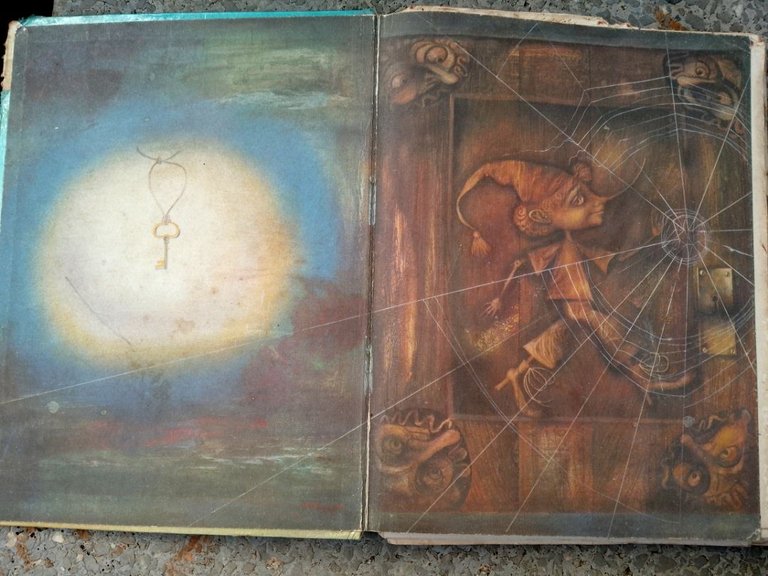
Creo que nunca antes o después logré experimentar una relación más completa con un libro como con este. Mi aventura personal con Burattino (que traducido es lo mismo que decir “muñeco de madera”) comenzó, como comienzan todas las aventuras literarias, con la primera impresión sobre la portada. Esta era fabulosa. Luego, al abrir el libro, su olor me sedujo irresistiblemente; el olor de un libro nuevo, de la tinta de impresión, de la letra sobre la página es el mejor que existe, mi favorito entre todos.
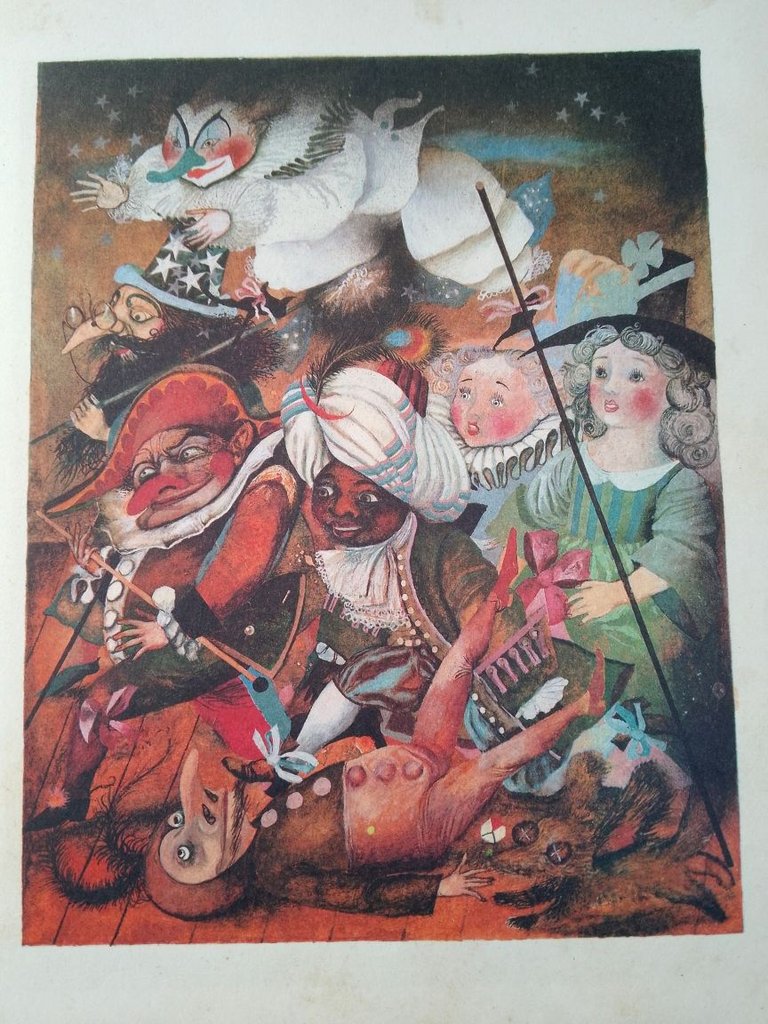
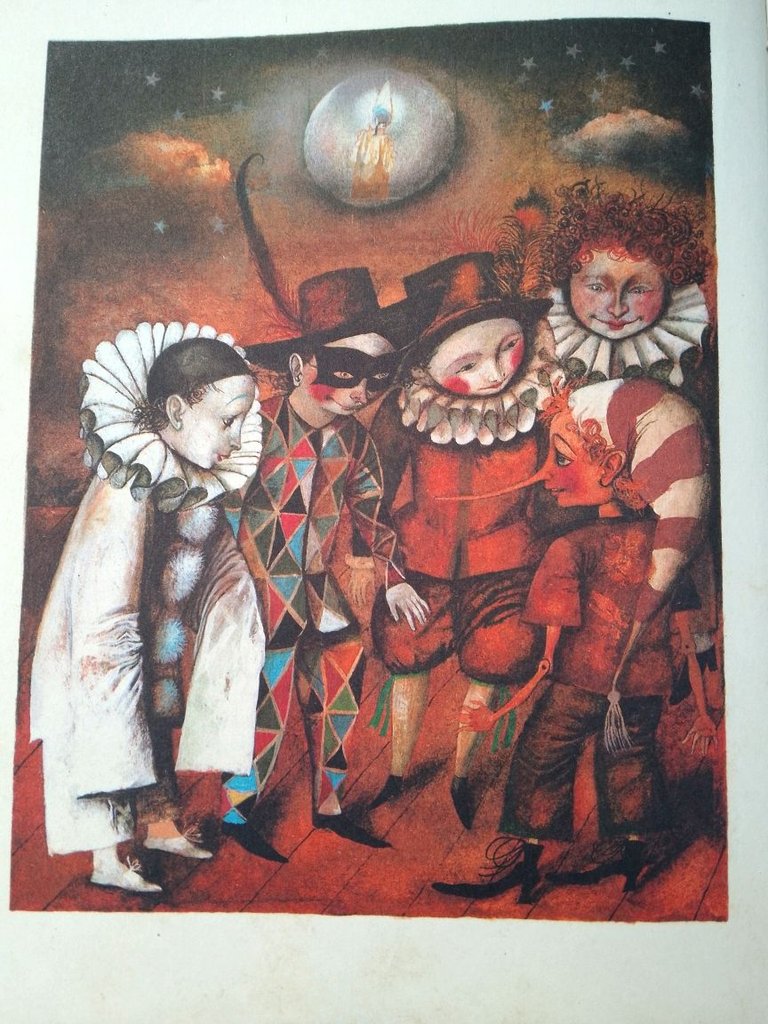
Y así, atraída por la ilustración de cubierta y por el olor perfecto comenzó mi viaje de la mano de Tolsói. En esta versión de la historia, según el mismo autor declara, se recrea la línea argumental clásica de Pinocho pero enriquecida con nuevos personajes e impresiones sobre los ya incluidos en la narración previa. Tolstói declara, en una nota introductoria, que su fascinación por Pinocho fue tal que, desde su infancia, cuando le contaba a sus amigos sobre el libro italiano que había leído, él mismo notaba que añadía peripecias, personajes, inventaba sucesos que no correspondían con las páginas visitadas.
Por esa razón y ya con la madurez y experiencia de escritor consagrado sobre todo cultor de los géneros de ciencia ficción e histórico, gran prosista y poeta con filiación a la corriente simbolista, se dio a la tarea de reunir aquellas fabulaciones en un texto que trajera al personaje icónico pero enriquecido desde sus propios aportes. ¡Y vaya que lo logra con creces!
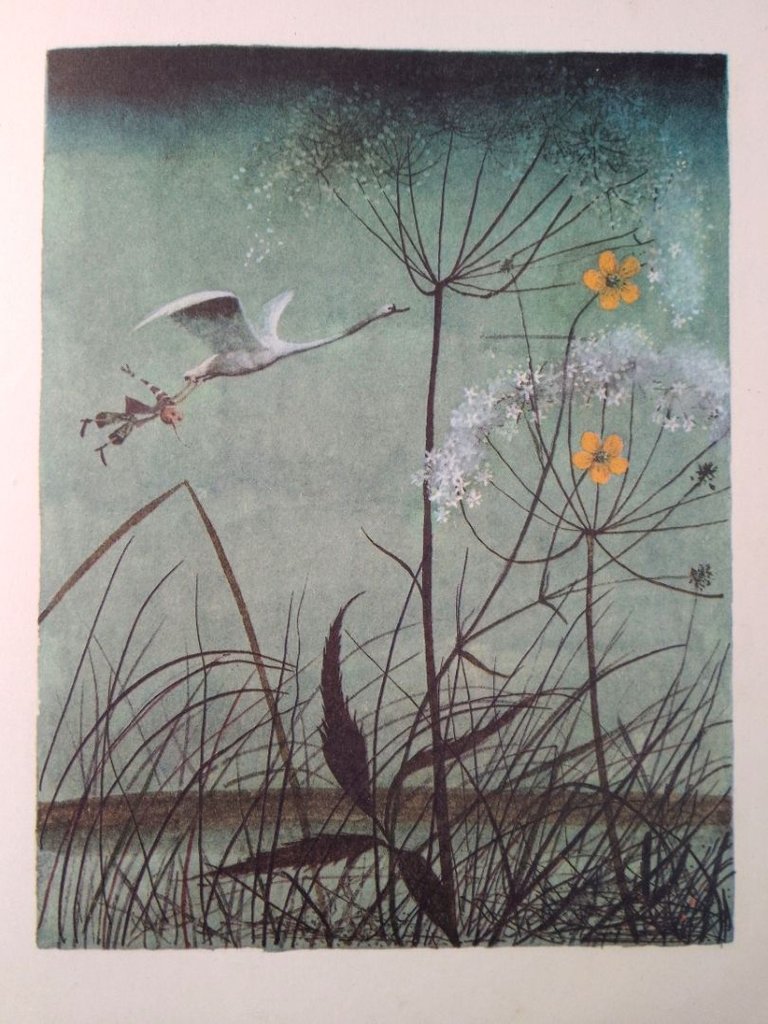
La historia entonces comienza con el leño del cual nace Pinocho. Esta vez Giusseppe es quien posee el leño mágico que le regala a su amigo Carlo, escultor de la figura de madera y nuevo padre del insólito niño. Como en la versión primera, vive experiencias que le confrontaran desde la capacidad de elección entre el bien o el mal. Es un pícaro sagaz que logra salir victorioso de todos los enredos en los que se ve envuelto pero con la ayuda de Grillo Parlante y de algunos de los personajes arquetípicos de la Comedia del Arte: Pierrot, Arlequín y Malvina la Niña Azul, a quienes conoce cuando vende su libro escolar por cuatro monedas para comprar la entrada al Teatro de Títeres. Así, Burattino se integra al grupo de muñecos y es perseguido por el terrible Carabás Barabás, dueño del teatro, por interrumpir su espectáculo.
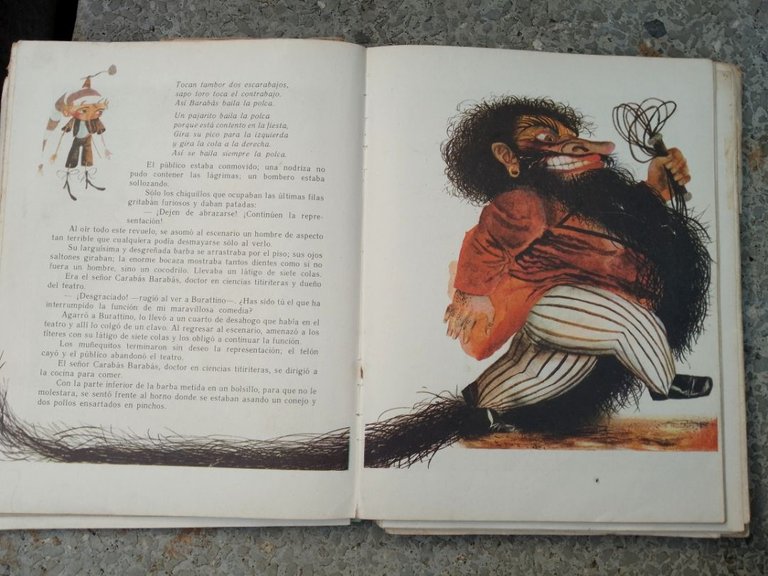
Juntos, los niños-muñecos van aprendiendo de cada aventura lecciones de vida, desarrollando valores, manifestando los sentimientos más contradictorios y hermosos y con los que el lector se involucra a la primera pues la narración tiene ese tipo de ángel que favorece la inclusión de la tercera mirada, participante protagónica de todo cuanto acontece en las páginas.
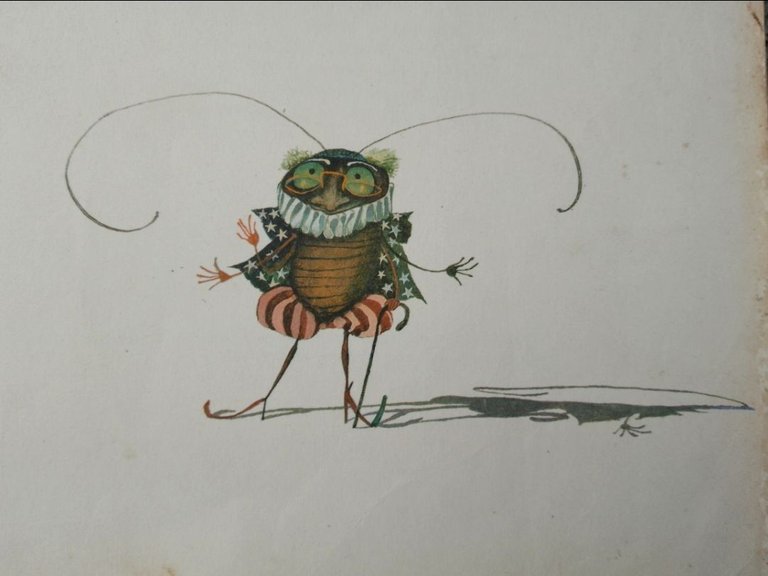
También se incluyen dentro de la trama personajes como Artemón, el perro acompañante y mascota del grupo, el Doctor Búho, Sapo y la Mantis Curandera que no pueden resucitar a nuestro héroe cuando casi mure y que solo consigue hacerlo la Niña Azul con aceite de ricino, un caramelo y un beso de amistad;es ella quien posee la voluntad de curar definitivamente a nuestro niño enseñándole a leer pues cree que solo el conocimiento es el don necesario para vivir plenamente y feliz.
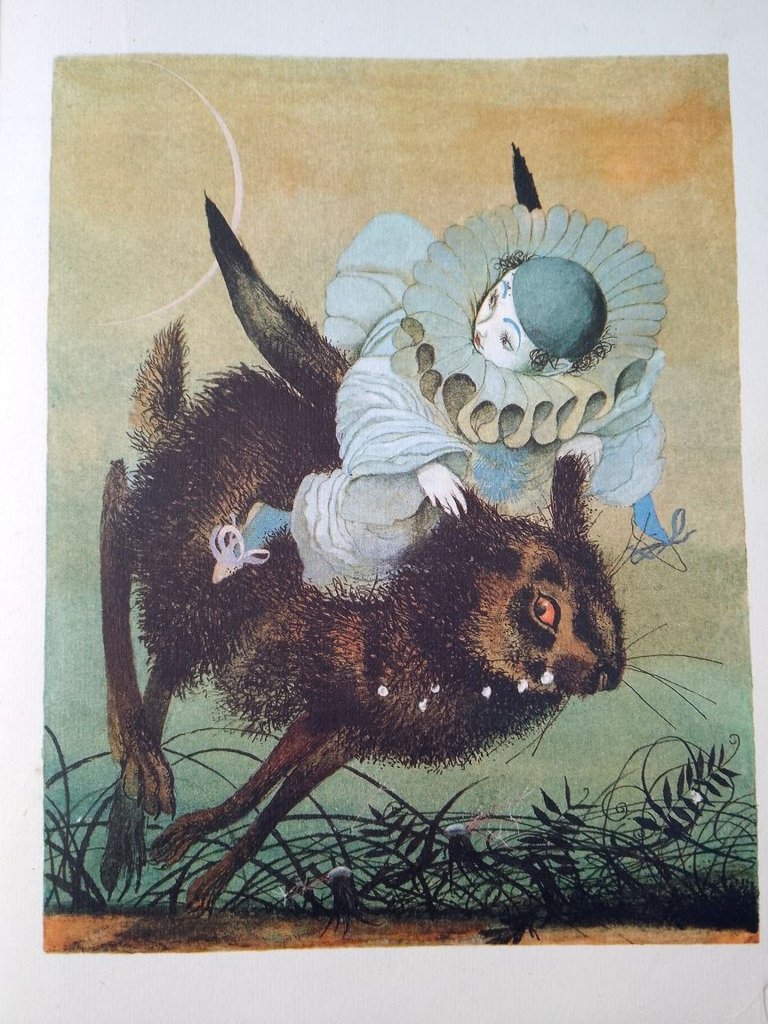
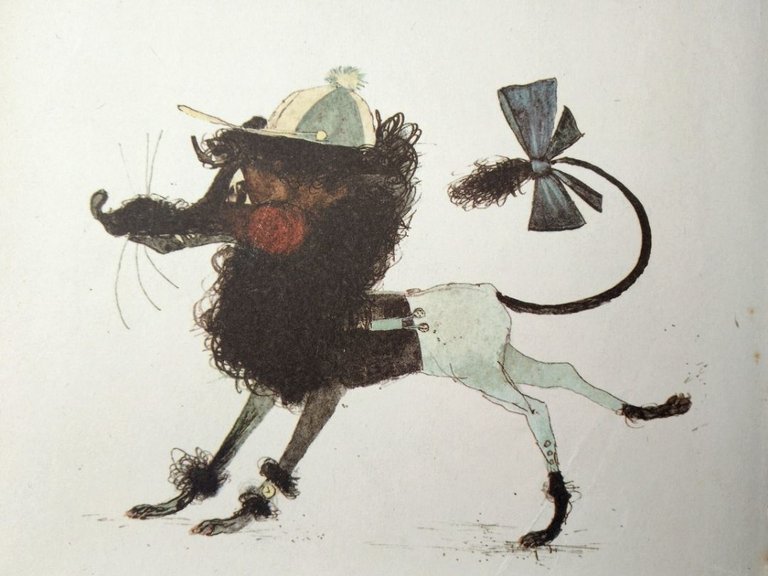
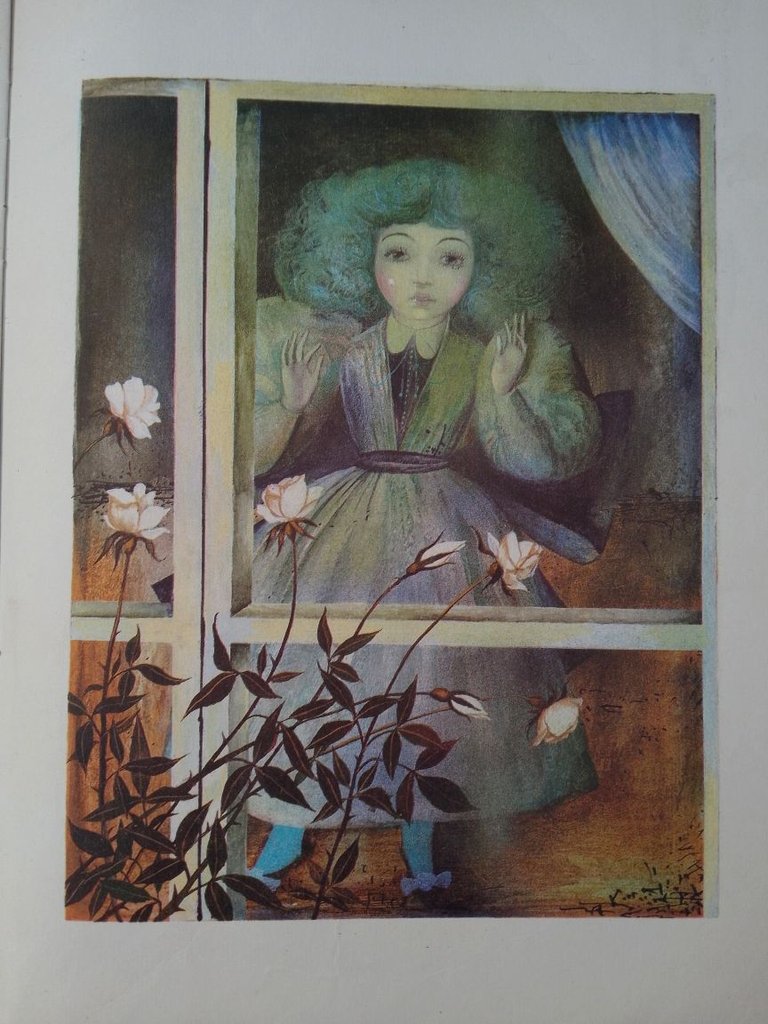
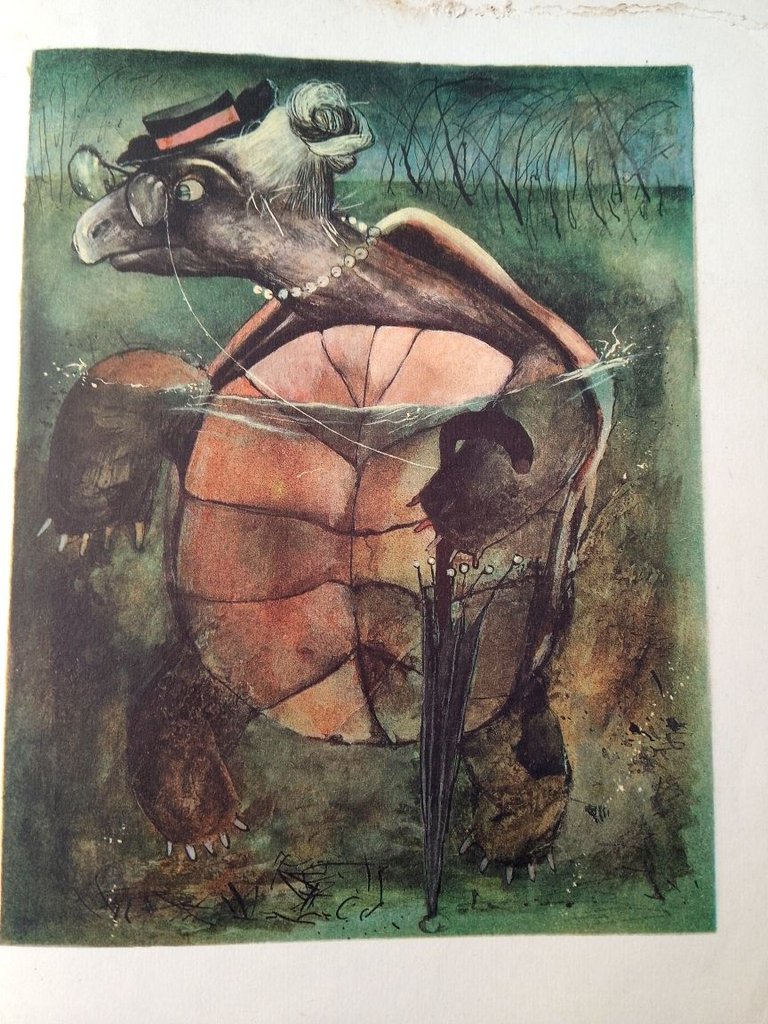
Los villanos Tabernero, Duremar el vendedor de sanguijuelas, el gato y la zorra por supuesto reciben el castigo merecido. Todos ellos relacionados con el secreto de la llave de oro que guarda la Tortuga Tortila y que abre las puertas de un extraordinario teatro donde la magia es el vehículo de la representación y cada día la función es nueva y especial, fantasía añadida.
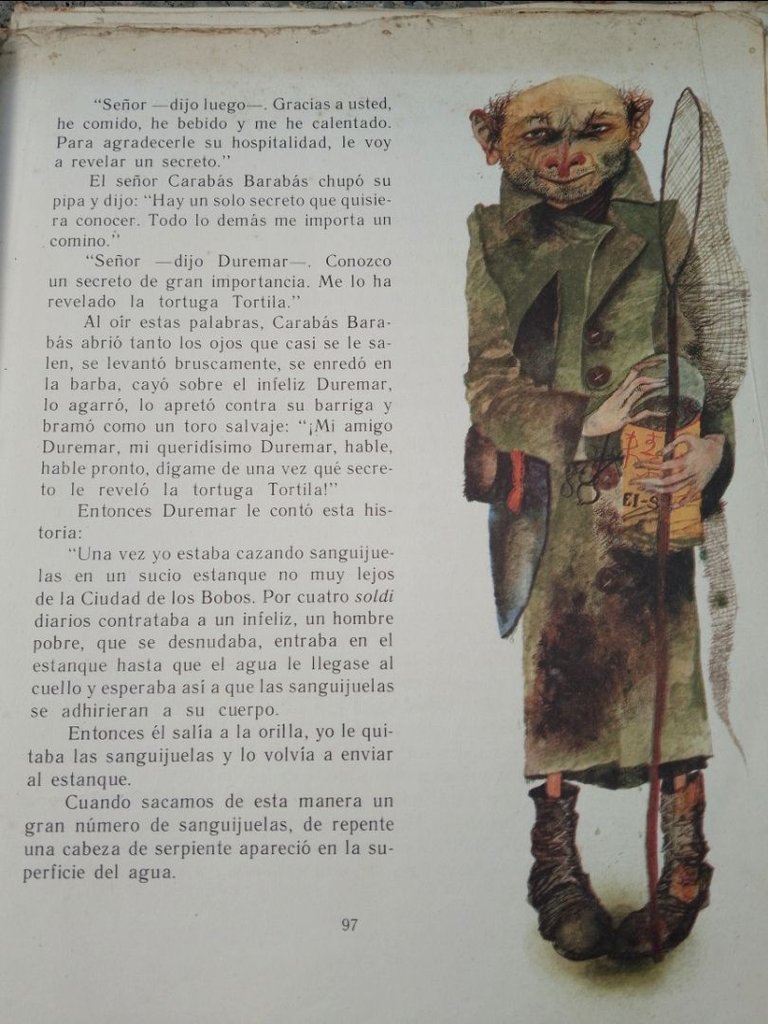
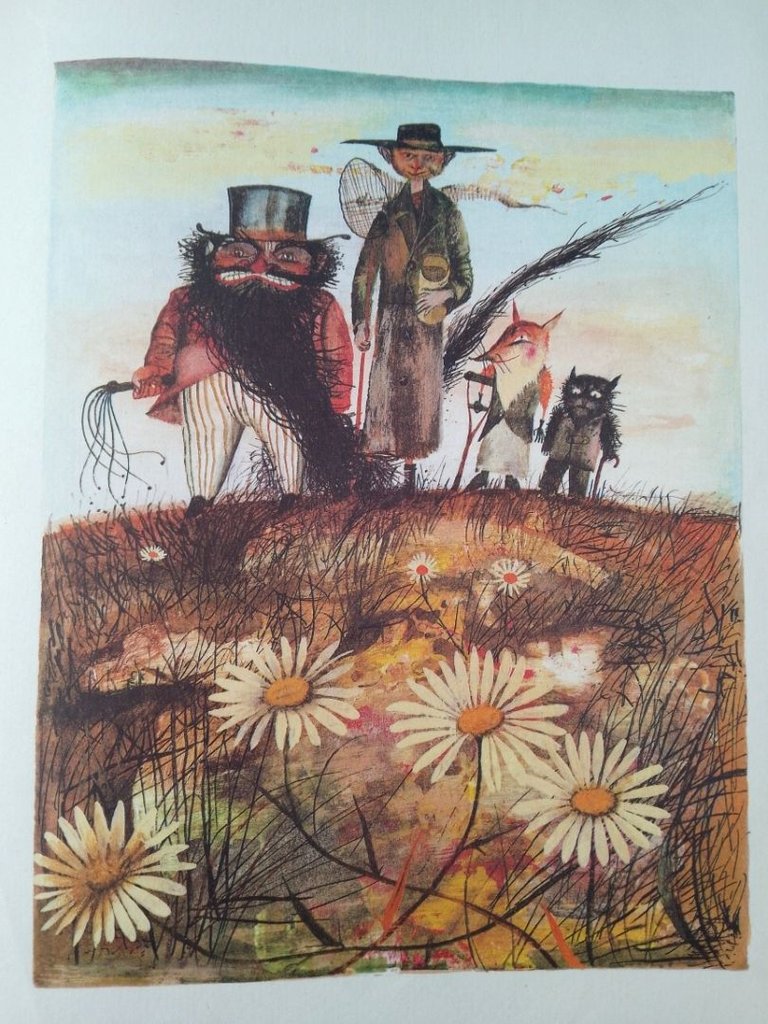
Tolstói termina su relato, entre prosa y poesía, con el acto de salvación de los niños por parte de Carlo (homenaje al creador de esta maravillosa historia) y con los títeres trabajando libres en el nuevo teatro itinerante representando para todos la comedia La Llave de Oro o las extraordinarias aventuras de Burtattino y sus amigos mientras el horrible Carabás se muere de envidia por el éxito de la extraordinaria compañía.
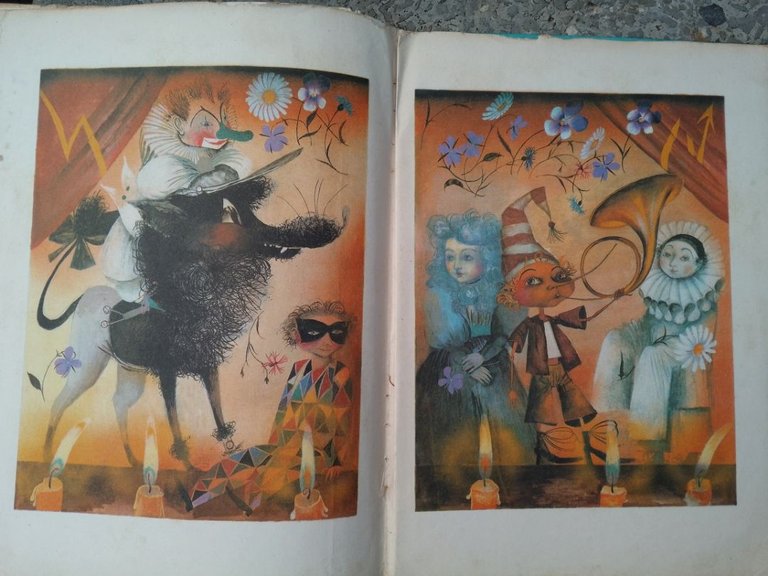

Abierto el diapasón de lecturas sobre este magnífico libro sucedió lo extraordinario en mí. Cuando digo que se abrieron las puertas con esta llave dorada me refiero, con absoluta certeza a que, tras conocer , amar y vivir en estas páginas, mi motivaciones fueron establecidas desde entonces y para siempre.
A este texto le debo mi sueños de volverme escritora y como Alexéi Tolstói escribir algún día una novela para niños o ilustrar como Alexander Koshkin, el artista tras las preciosas imágenes que embellecen cada una de esas páginas, a él le debo mis primeros dibujos a consciencia. Como a Burarttino, el conocimiento, la fantasía, los sueños me fueron abiertos; con este teatro quise además volverme titiritera.
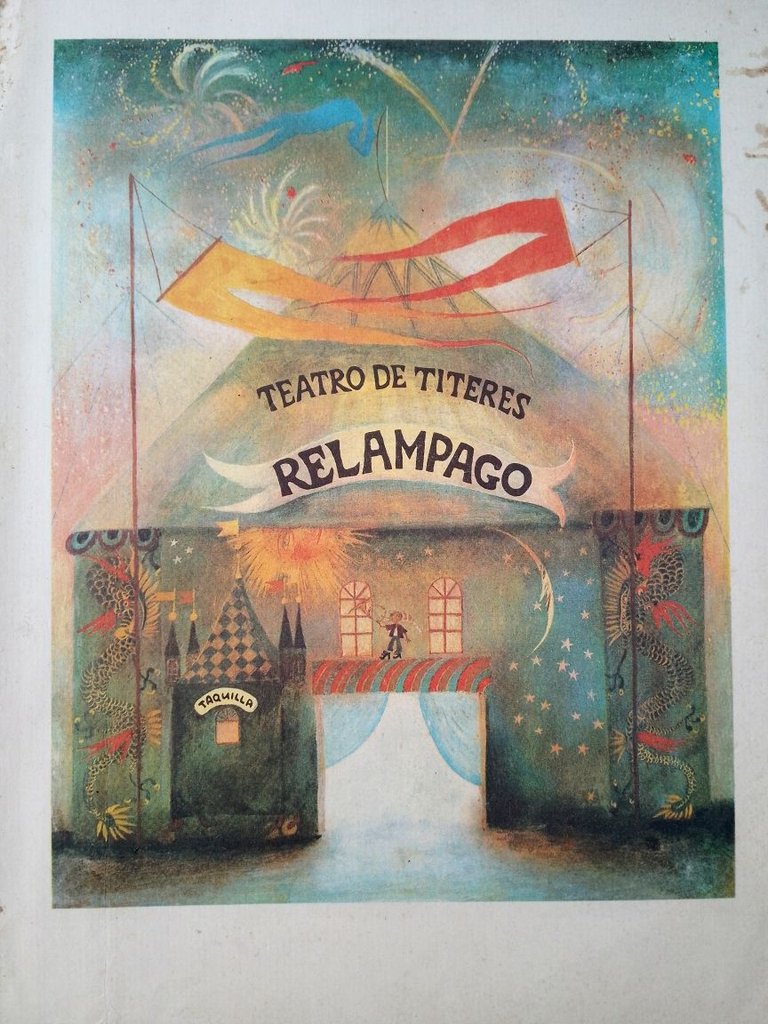
Finalmente, las madres siempre saben, intuyen. Ahora, treinta y cuatro años después es que pueedo comprender el brillo en los ojos de mi madre.
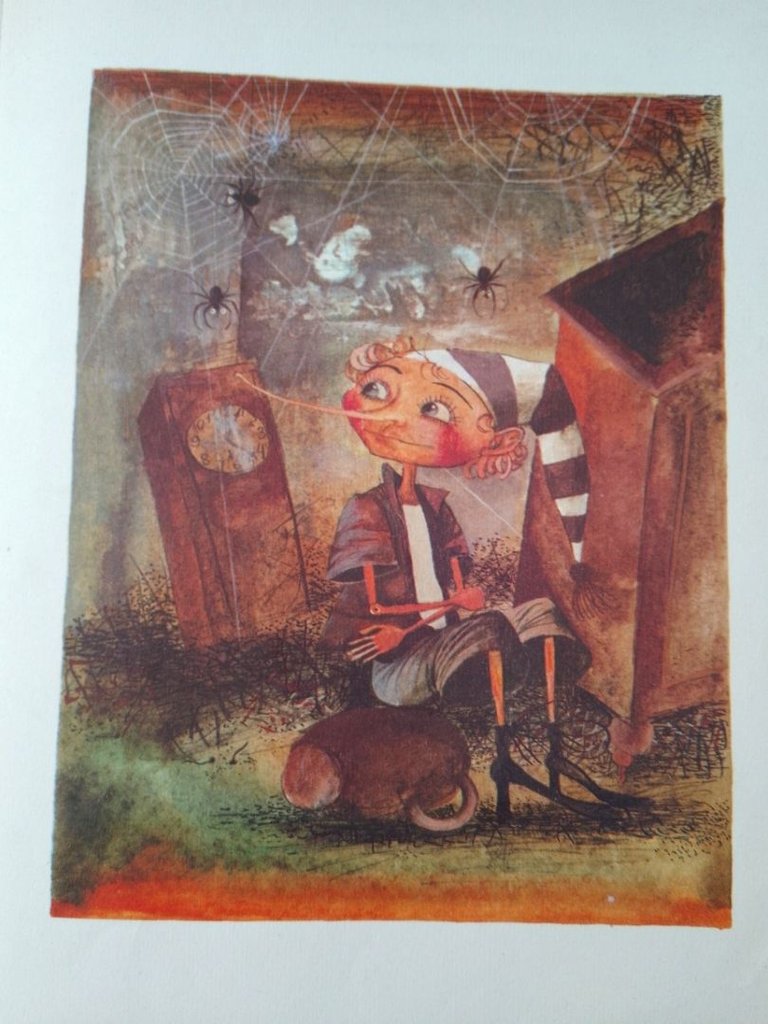
Amigos lectores, espero que esta reseña les motive a buscar la historia y a quienes ya la conocían a releerla y disfrutar de una obra de arte total.
Les encuentro pronto con otra reseña.
Hasta entonces
Queden abrazados en luz.

Imágenes de mi propiedad. Banners diseñados por mi en Canva


My mother's eyes would shine when she gave me special gifts, so it was not difficult for me to guess that that blessed afternoon I would receive something extraordinary. What I was not able to suspect then would be the way in which that gift would be directing my future steps, opening the doors to so many possible paths for me. I was about to turn seven years old, I had just finished first grade and, although I had already been reading and writing many things since I was three, that moment marked the conclusion of my most complete learning of the alphabet.
For that reason and to celebrate in style, my mother came home from work and, as was her custom, brought me a newly purchased book. Back then it was common to find bookstores packed with excellent literature. Mom bought me everything, I remember one time she arrived with a large package that contained eighteen different titles; but that is not the topic that concerns us today.
Today I want to talk to you about Pinocchio, but not that of Collodi but that of Alexei Tolstoy who, under the title of The Golden Key or the Adventures of Burattino, recreated the popular story in a masterful way, translated by the Cuban Editorial Gente Nueva and edited by Editorial Ráduga, Moscow, 1990.

I don't think I've ever been able to experience a more complete relationship with a book than with this one before or since. My personal adventure with Burattino (which translated is the same as saying “wooden doll”) began, as all literary adventures begin, with the first impression on the cover. This was fabulous. Then, upon opening the book, its smell seduced me irresistibly; The smell of a new book, of the printing ink, of the handwriting on the page is the best there is, my favorite among all.


And so, attracted by the cover illustration and the perfect smell, my journey with Tolsói began.
In this version of the story, according to the author himself, the classic plot line of Pinocchio is recreated but enriched with new characters and impressions of those already included in the previous narrative. Tolstoy declares in an introductory note that his fascination with Pinocchio was such that from his childhood, when he told his friends about the Italian book he had read, he himself noticed that he added incidents, characters, and invented events that did not correspond to the pages visited.
For that reason and with the maturity and experience of a consecrated writer, especially a fan of the science fiction and historical genres, a great prose writer and poet with affiliations to the symbolist movement, he took on the task of bringing together those fables in a text that would bring the iconic character but enriched from his own contributions. And boy does he achieve it in spades!

The story then begins with the log from which Pinocchio is born. This time Giusseppe is the one who possesses the magic log that he gives to his friend Carlo, sculptor of the wooden figure and new father of the unusual child. As in the first version, he lives experiences that will confront him with the ability to choose between good or evil. He is a sagacious rogue who manages to emerge victorious from all the entanglements in which he finds himself involved but with the help of Grillo Parlante and some of the archetypal characters of the Comedy of Arte: Pierrot, Harlequín and Malvina the Blue Girl, whom he meets when he sells his school book for four coins to buy entry to the Puppet Theater. Thus, Burattino joins the group of dolls and is persecuted by the terrible Carabás Barabás, owner of the theater, for interrupting his show.

Together, the child-dolls learn life lessons from each adventure, developing values, expressing the most contradictory and beautiful feelings and with which the reader gets involved the first time because the narrative has that type of angel that favors the inclusion of the third look, a leading participant in everything that happens on the pages.

Also included in the plot are characters like Artemón, the companion dog and pet of the group, Doctor Owl, Toad and the Healing Mantis who cannot resurrect our hero when he almost dies because only the Blue Girl can do it with castor oil, a candy and a kiss of friendship and who has the will to definitively cure our child by teaching him to read because he believes that only knowledge is the necessary gift to live fully and happily.




The villains Innkeeper, Duremar the leech seller, the cat and the fox of course receive the punishment they deserve. All of them related to the secret of the golden key that the Tortila Turtle keeps and that opens the doors of an extraordinary theater where magic is the vehicle of the representation and every day the performance is new and special, added fantasy.


Tolstoy ends his story, between prose and poetry, with the act of saving the children by Carlo (homage to the creator of this wonderful story Carlo Collodi) and with the puppets working freely in the new traveling theater performing for everyone the comedy The Golden Key or the extraordinary adventures of Burtattino and his friends while the horrible Carabas dies of envy for the success of the extraordinary company.


Once I had read this magnificent book, something extraordinary happened to me. When I say that the doors were opened with this golden key, I mean with absolute certainty that, after knowing, loving and living in these pages, my motivations were established since then and forever. To this text I owe my dreams of becoming a writer and like Alexei Tolstoy, one day writing a novel for children or illustrating like Alexander Koshkin, the artist behind the beautiful images that embellish each of those pages, I owe him my first conscious drawings. Like Burattino, knowledge, fantasy, dreams were opened to me with this theater, I also wanted to become a puppeteer.

Finally, mothers always know, they intuit. Now thirty-four years later I can understand the shine in my mother's eyes.

Dear readers, I hope this review motivates you to look for the story and those who already knew it to reread it and enjoy a total work of art.
I'll see you soon with another review.
Until then, stay embraced in light.

Content translated with Google Images are my propperty. Banners made in Canva

I invite you to visit the project DRIP - WITNESS NODE - BPUD

Support the witness and vote for TheBbhProject! Project carried out by @bradleyarrow
